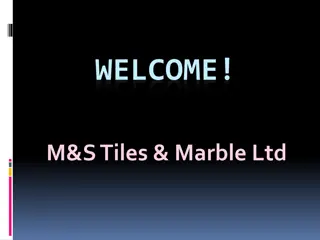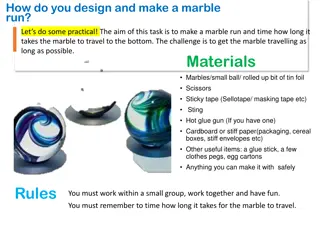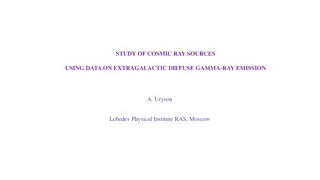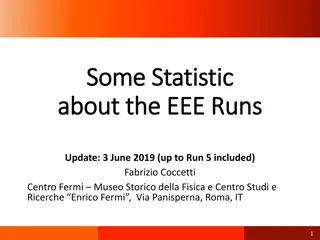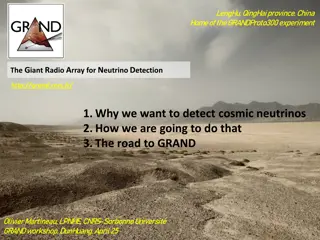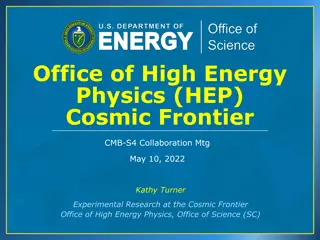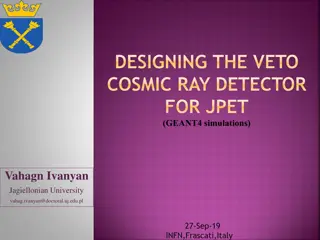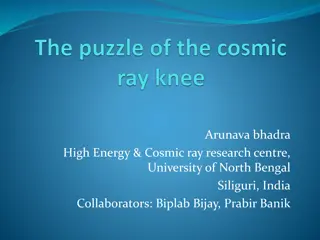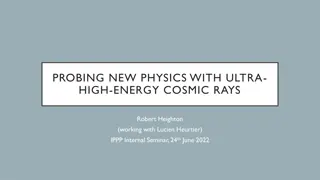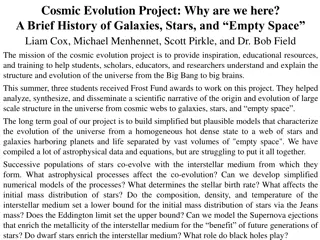Detecting Marble Tombs with Cosmic Muons
This study explores the potential of using cosmic muons to detect marble tombs. By analyzing muon energy levels and distances traveled within tumuli, researchers aim to develop a method for identifying hidden structures. The research delves into muon acceptance studies, detector efficiency, and track extrapolation techniques for accurate detection of archaeological artifacts.
Uploaded on Feb 20, 2025 | 2 Views
Download Presentation

Please find below an Image/Link to download the presentation.
The content on the website is provided AS IS for your information and personal use only. It may not be sold, licensed, or shared on other websites without obtaining consent from the author.If you encounter any issues during the download, it is possible that the publisher has removed the file from their server.
You are allowed to download the files provided on this website for personal or commercial use, subject to the condition that they are used lawfully. All files are the property of their respective owners.
The content on the website is provided AS IS for your information and personal use only. It may not be sold, licensed, or shared on other websites without obtaining consent from the author.
E N D
Presentation Transcript
Can we detect a marble tomb with cosmic muons ? Corinne Goy, Max Chefdeville, Jean Jacquemier, Yannis Karyotakis 21 December 2015
Primary Cosmic rays Showering in atmosphere Destruction
Flux de rayons cosmiques Flux (m2.sr.s.GeV)-1 Flux on top of the atmosphere 1 GeV = 10 9eV
Composition of primary cosmic rays 90 % protons 10 % Helium 1 % electrons 0.1 % positrons
Sea level : remnants of primary CRs essentially muons (and neutrinos) Few Horizontal muon Low energy Angle with respect to the vertical Muon Energy (GeV)
We are interested in rather high energy muons , otherwise they are absorbed in the tumulus before reaching the detector Muon Energy (GeV) Distance crossed by the muon in Tumulus (m)
Acceptance Studies Methods and prelim. Results 7
Toy MC Generate random Y & Z on a 1 square meter. (~= 1 chamber) at X = 0. Generate in [- ;+ ] Generate in [0; ] Extrapolate track to X = 0.5 m (resp 2 m) Retain tracks that crosses the second chamber ie 0 < Z < 1m 0 < Y < 1m @ X =0.5 m (resp 2m) 8
2 det. with 50 cm spacing (for illustration) and of generated CRs (CRY simulation) Phi Detector acceptance Projected Theta Inclined detector will move the pattern to the right 9
2 det. with 2m spacing (for illustration) Phi Theta 10
Number of muons per (,) bin = Number of generated * efficiency of the detector normalized by the time (gen.SimulatedTime /CRY) Muons (E>20 GeV ) per hour in the toy detector Detector horizontal 11
Exp Muons per hour in the det acceptance (w/o tumulus) Emin (GeV) Lbox = 300 m Horizontal Lbox =10m Horizontal Lbox = 300 m Det @ 20deg 8 3830 4920 9107 10 2980 3910 6920 15 1830 2470 4095 20 1280 1740 2785 25 900 1220 1907 50 300 430 600 100 70 110 135 12
Det @ y = 31.5 m x = 49.0 m z = -0.5 m Solid Angle of the monument (seen from the detector) The monument 13
Full simulation Full simulation Define geometry : Tumulus, monument, detectors Generate muons using an energy parametrization from CRY, and limited and range Track each muon through matter, tumulus soil, marble air, detector material etc and record hits on the detectors if any. Reconstruct the muon track if detected inside the detector layers
Simulation layout Tumulus : Cone R_bottom =47m R_top = 9m Dirt with d=2.3gr/cm3 Tomb: Size5x5x7 m, walls 1m thick (CaCO3 or Pb!) placed inside tumulus at R=31.5m and 2.5m below the ground. Air inside tomb Detector : 4 1x1 m2 layers placed at R=49m in front of the tomb
Two tombs were simulated : A marble tomb A lead Tomb ! 1.2 M events generated to cross the monument if it is there 87 < < 90 and -0.6 < < 0.6 3 runs : 2 with tombs and 1 without any monument
We have 1.2 M events without any monument. Using 1st half (1h) of them to compare with second half (2h)
Conclusion Conclusion Detecting a monument inside a tumulus will not be an easy task Low statistics Standard dirt and marble not very different Impove simulation Use a different model (Fluka) for cross check Input real soil composition. Need some chemical analysis. Compare with data My proposal : We have already one or two set of detectors. It is worthwhile to deploy them after March and make an exploratory run until summer. Depending on findings, improve simulation and decide on a longer campaign
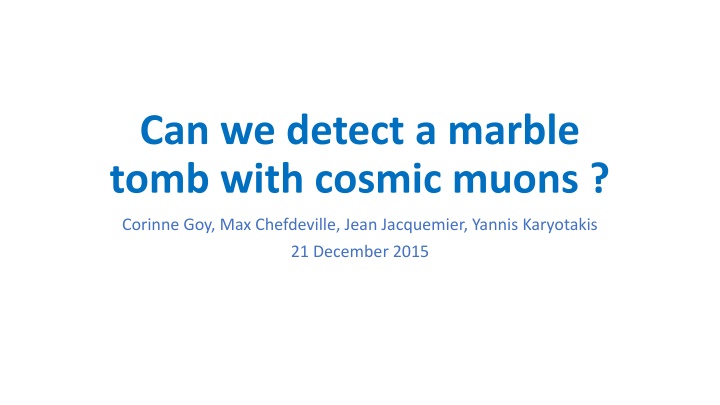


![❤[READ]❤ Cosmic Biology: How Life Could Evolve on Other Worlds (Springer Praxis](/thumb/21556/read-cosmic-biology-how-life-could-evolve-on-other-worlds-springer-praxis.jpg)



